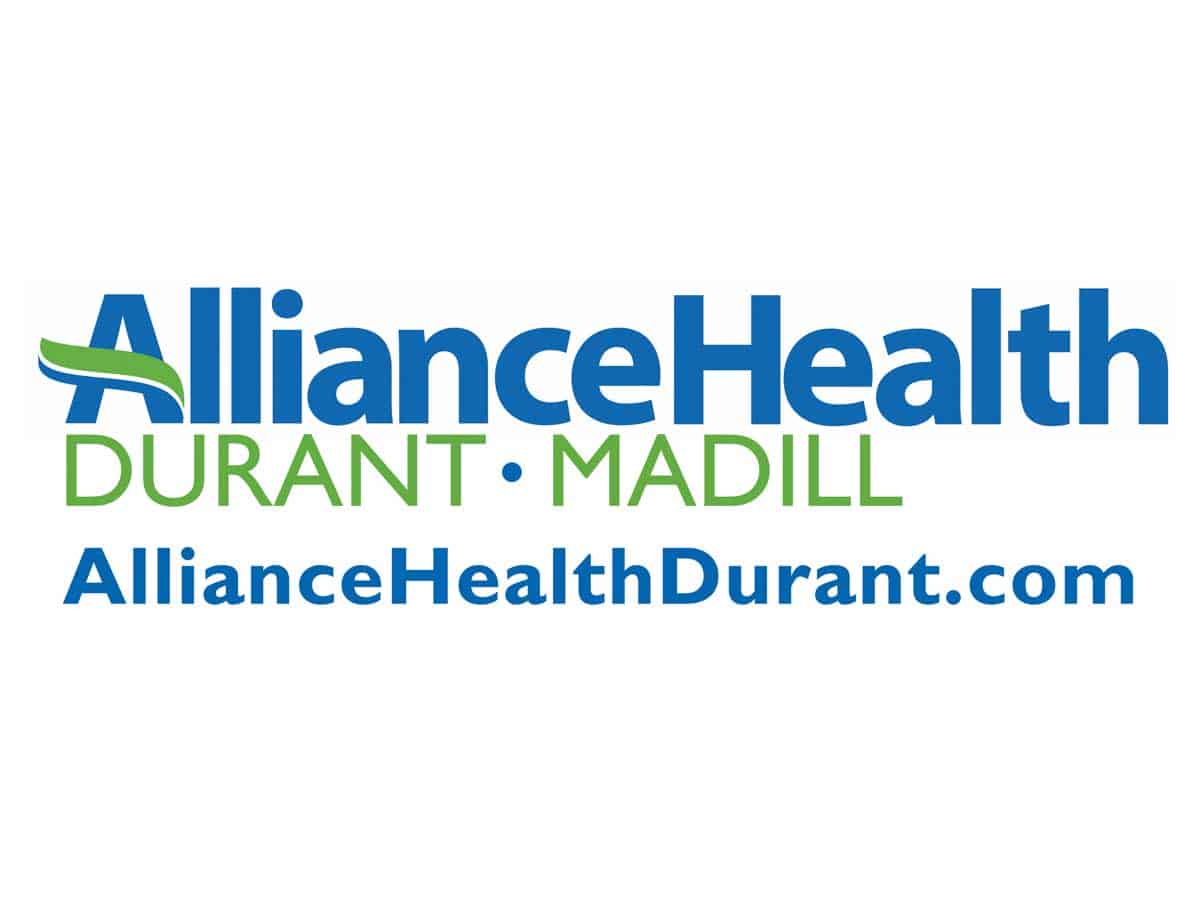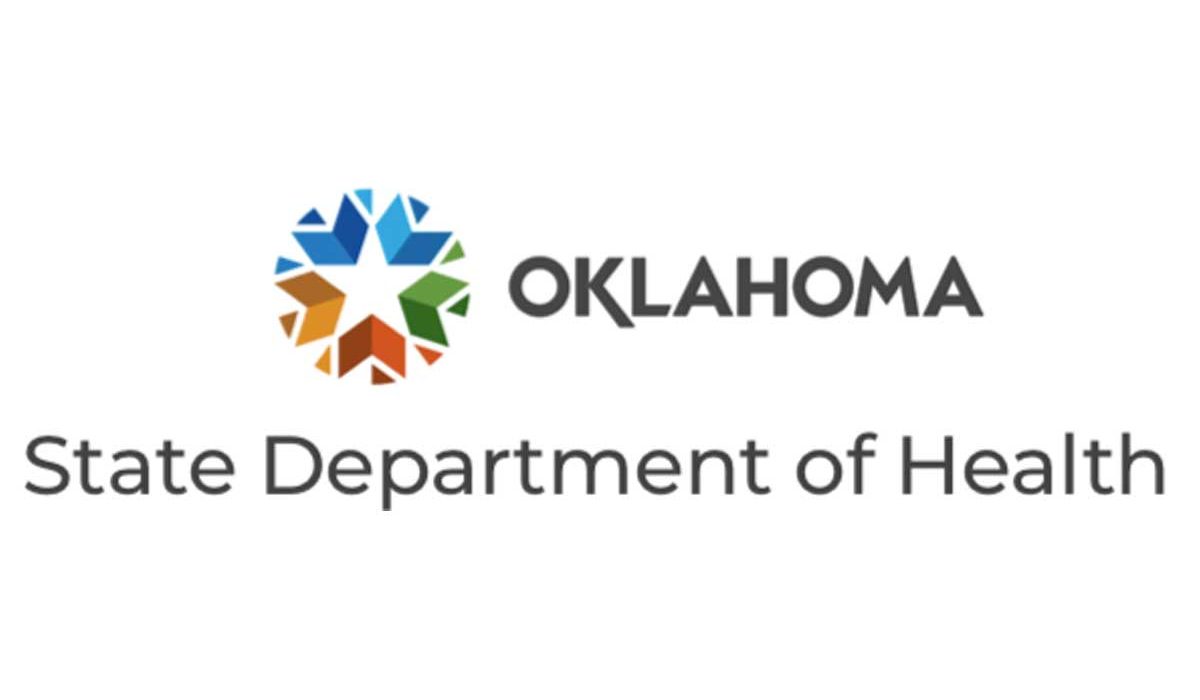Release
OKLAHOMA CITY— The Oklahoma State Department of Health announced last week an optional short-term policy change for schools with students who have been exposed to COVID-19.
Beginning Nov. 30 2020 and until Dec. 23, 2020, Oklahoma school districts will be permitted to implement an in-school quarantine policy for students who have been exposed to COVID-19 in the classroom. This means that any student who may have been exposed to COVID-19 will have the opportunity to participate in distance learning in a school supervised environment.
“We’re issuing this change in policy to provide our school districts with some flexibility following the recent surge in COVID-19 cases,” said Dr. Lance Frye, Oklahoma Commissioner of Health. “We have recognized that some students subject to a 14-day quarantine may have lost many essential benefits schools provide, such as a safe environment with adult supervision, nutritional support, internet and technology resources and easier access to instructor assistance. Adopting this policy change will help protect students and teachers from COVID-19, while also providing a safe environment and resources needed for students to engage in distance learning during their quarantine period.”
The Mustang Public Schools voted last night to institute this new policy and is the first school district in the state to do so.
“We were recently faced with the difficult decision to transition our entire district to distance learning due to the high numbers of quarantines and isolations we were seeing in our staff and students,” Mustang Superintendent Charles Bradley said. “Our goal, as a school district, is to have in-person instruction for five days each week for all of our students, but we will only do that if it is safe. This in-school quarantine pilot program will help move us in that direction. Our school board and administration believe in the efficacy of masks, and welcome this opportunity to gain a better understanding of their effect on positivity rates. Additionally, the testing provided by this In-School Quarantine (ISQ) Program will provide us data on asymptomatic students that we have previously not had access to. We are deeply grateful to our Board for allowing us to participate and thankful to Dr. Frye and the State Department of Health, as well as the Canadian County Health Department, for their continued partnership in this new opportunity.”
Implementing an in-school quarantine is optional for schools that are willing and able to follow specific guidelines, which includes having a designated space for quarantined students that can accommodate social distancing, the ability to administer rapid testing and constant adult supervision.
“In the past, if a student had tested positive for COVID-19, any students who interacted with the case — up to the entire class — would have been required to move to distance learning for 14 days,” said Dr. Jared Taylor, Interim State Epidemiologist. “An abrupt change like that is quite disruptive to learning, especially for middle schoolers and high schoolers who attend multiple classes in a day. An in-school quarantine option is the best way to keep our kids in school and prevent them from falling behind. OSDH carefully constructed a list of guidelines that schools must be in compliance with in order to maintain the wellbeing of students and keep everyone safe.”
Any school choosing to adopt an in-school quarantine policy must be in compliance with the following guidelines:
- Availability of facilities that will permit housing of quarantined students in a socially distanced environment, and away from contact with non-quarantined students and staff. Examples could include (but not limited to) a gymnasium, auditorium, or cafeteria. The area must be dedicated exclusively to the housing of quarantined students during school hours. Use of the facility outside of school hours should be limited, and follow thorough cleaning
- Quarantined students shall remain in the space at all times during the school day except for breaks for restroom and outside time
- Quarantined students will maintain social distancing of AT LEAST 6 feet within the quarantine space (with greater distance strongly encouraged)
Quarantined students will be required to wear masks at all times except when eating - Quarantined students will be tested repeatedly (at least on days 2, 3, 4, 5, 7, 10, 12, and 14 of quarantine, but more frequently if schools choose), using the Binax Now rapid diagnostic test.
- Tests will be provided to the schools by the OSDH
- Schools must have a CLIA-waiver number, and appropriately trained personnel to collect, perform, and interpret the test
- Schools must report results of the tests to the OSDH daily
- Any student who tests positive for COVID-19 (either at school, or a different test performed by another qualified testing facility) shall immediately enter isolation and is no longer be permitted in the in-school quarantine program
- Students in the in-school quarantine program are not permitted to participate in extracurricular activities; ride buses to or from school; attend after-school events; or be in any other situations where contact with non-quarantined persons is likely
- Schools must be able to provide supervision of students in quarantine. This supervision does not need to include instruction; students will be engaged in distance learning. However, it will require appropriate adult supervision to ensure any student who becomes ill can receive appropriate care.
- Schools need to provide an opportunity for students to get outside multiple times a day. This time should not permit interaction among quarantined students- social distancing is still required. However, it should allow for unmasked time and some degree of individual physical activity.
- Parents of quarantined students must be informed of the requirements of the program, and sign an agreement for their student to attend.
After Dec. 23, all testing data from in-school quarantine programs will be examined to determine the frequency of students who became infected during the quarantine period. This information will be used to inform return-to-school policies for the spring 2021 semester.


